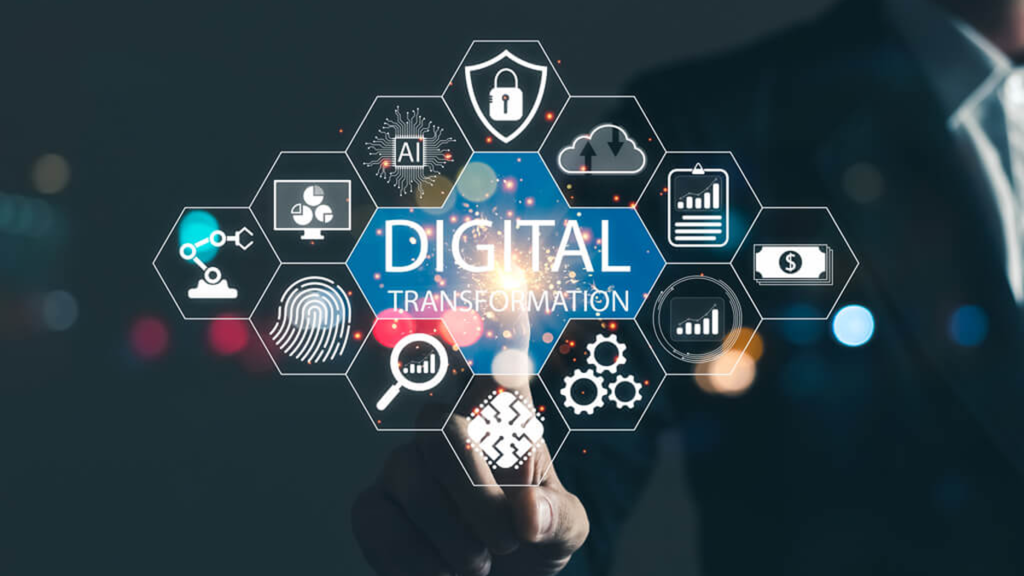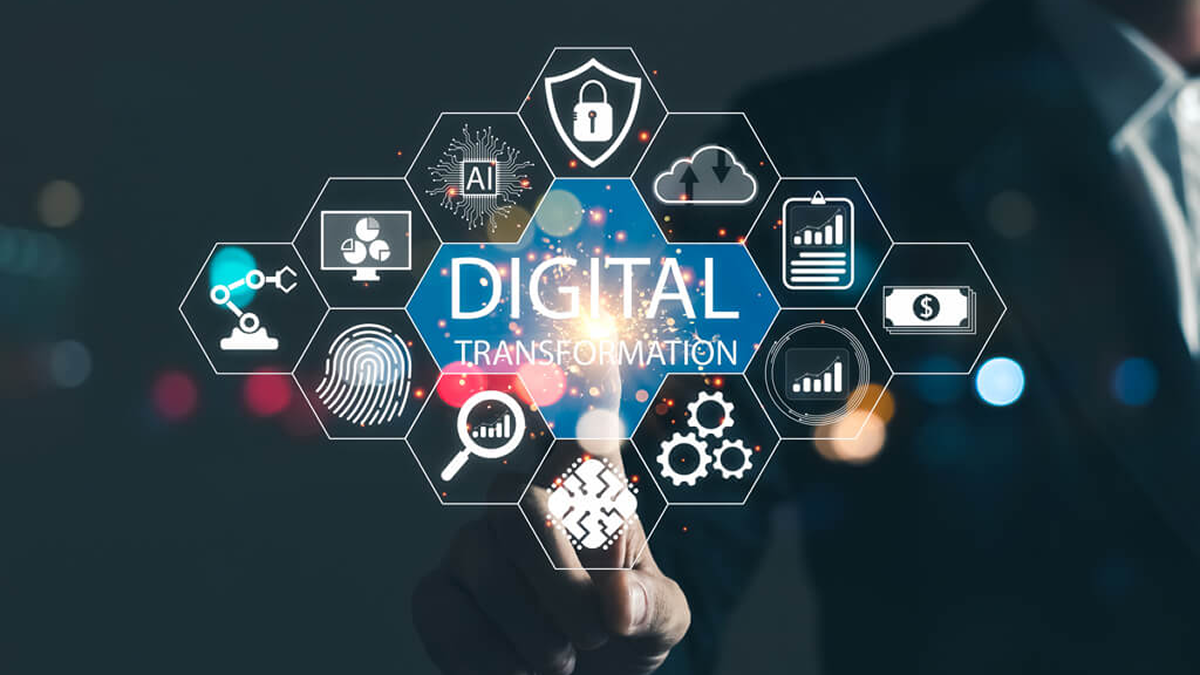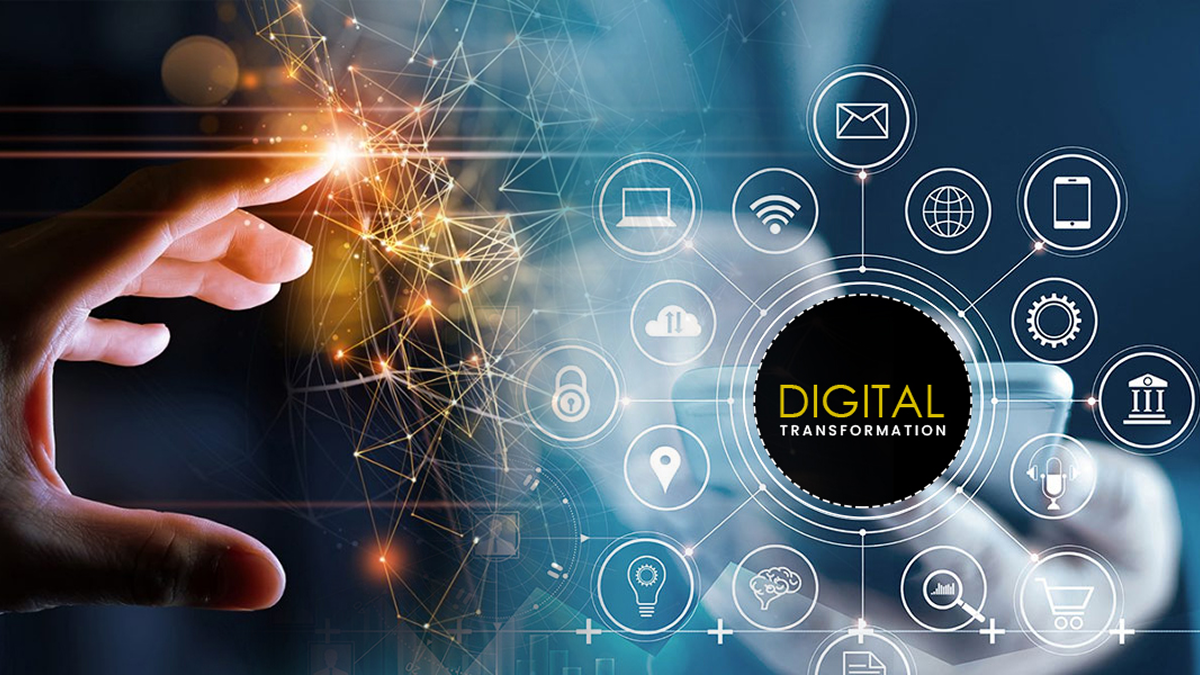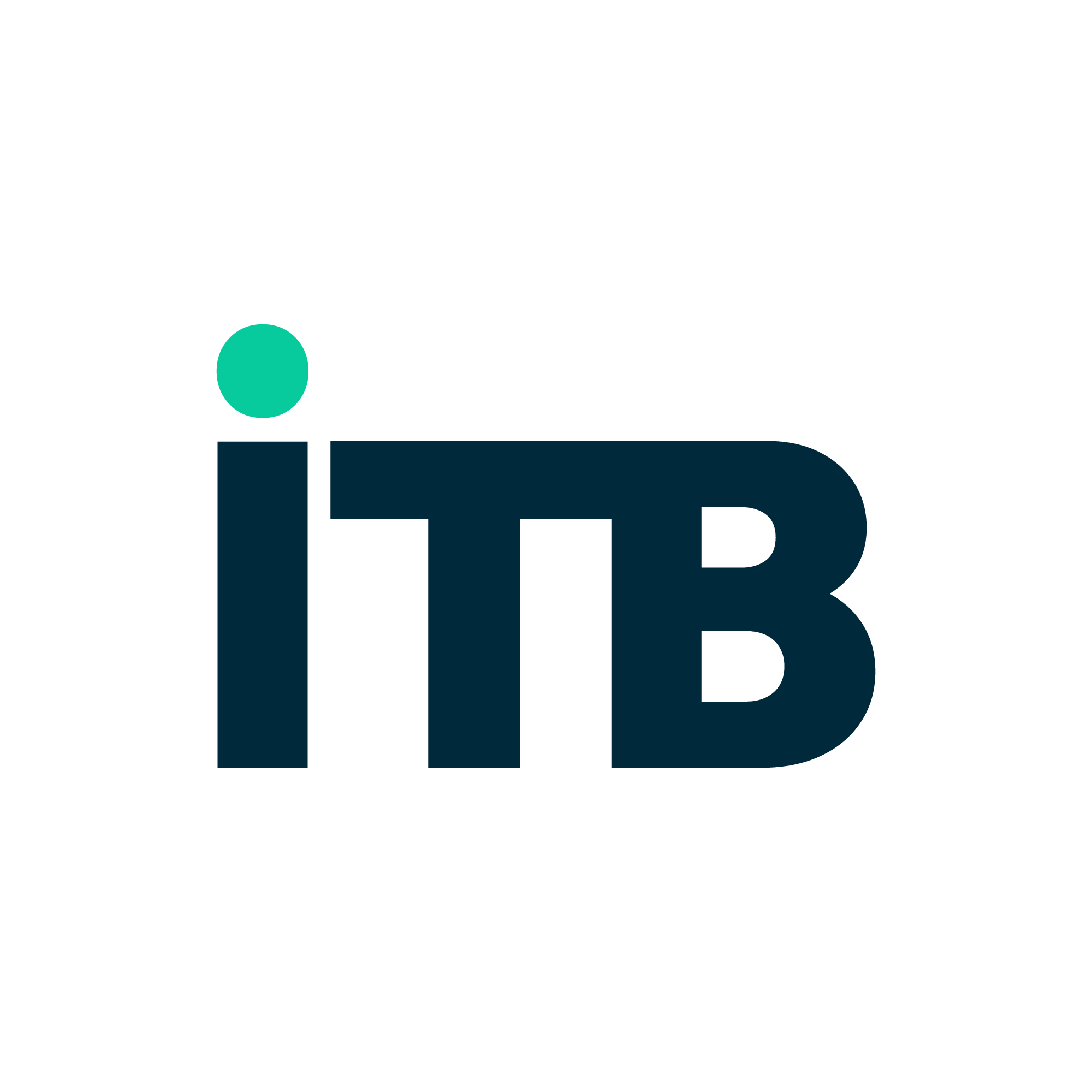In today’s digital economy, customer engagement is more than content and timing — it’s about precision, personalization, and presence across every touchpoint. To achieve that, businesses are turning to the powerful synergy of MarTech (Marketing Technology) and IT.
When marketing strategy and tech infrastructure work hand-in-hand, brands move from generic outreach to smart, scalable, and meaningful interactions. Let’s explore how this partnership is reshaping engagement in the digital era.

What Happens When MarTech Meets IT?
MarTech stacks are packed with tools — CRMs, email platforms, personalization engines, social media managers, analytics dashboards. But without IT’s support to integrate, scale, and secure them, these tools operate in silos.
With IT + MarTech collaboration, businesses can:
Centralize customer data from all platforms
Personalize messages based on behavior and preferences
Automate campaigns with minimal manual effort
Measure performance across every channel in real-time
Secure user data while staying compliant
Together, they turn raw data into customer intelligence, and campaigns into conversions.
1. Data-Driven Personalization at Scale
Personalization isn’t a nice-to-have — it’s an expectation. But to personalize effectively, marketers need:
Unified customer profiles
Behavioral insights
Real-time data processing
That’s where IT comes in — enabling seamless data flows between marketing platforms, sales tools, and back-end systems.
Result? Personalized emails, product recommendations, and web experiences that convert.
2. Marketing Automation and Workflow Efficiency
Modern engagement isn’t about one campaign. It’s about orchestrated journeys — across email, ads, SMS, and more.
With IT-enabled automation platforms (like HubSpot, Marketo, Salesforce):
Leads are nurtured through automated flows
Drip campaigns are triggered by actions (not just timing)
Workflows are optimized for speed and ROI
Marketing teams save time. Customers get timely, relevant messaging.
3. Omnichannel Engagement
Customers bounce between websites, apps, social media, and in-store experiences. They expect a consistent, connected brand experience.
IT ensures:
Channel data syncs in real-time
Messages adjust based on user behavior
Experiences are mobile-responsive and platform-aware
This results in frictionless journeys that feel natural and personalized.
4. Predictive Analytics and AI Insights
MarTech tools powered by AI can now:
Predict churn and customer lifetime value
Score leads based on behavior
Recommend next-best actions
Forecast campaign success
But all of this depends on data integrity and backend processing — both made possible by IT infrastructure.
5. Data Privacy and Compliance
MarTech relies on data. But with regulations like GDPR and CCPA, data use must be ethical and secure.
IT supports marketing by:
Implementing consent management tools
Encrypting and securing customer data
Logging and auditing data access
This ensures engagement stays both effective and compliant.



Engagement Runs on Tech
Customer engagement isn’t just creative—it’s deeply technical. Behind every personalized message, timely follow-up, or dynamic campaign is an IT system making it all possible.
When MarTech and IT align, businesses unlock more than operational efficiency — they create experiences that matter.
Because in the digital age, attention is earned with relevance, and relevance is powered by technology.



